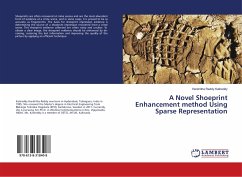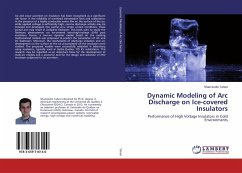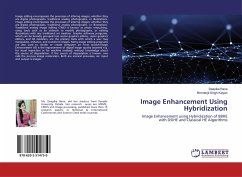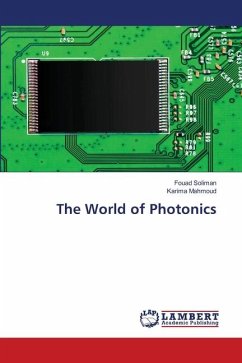Generally there are two different methods in calculating short-circuit currents in power system networks in terms of considering arc resistance in calculations, the first method is based on considering the value of the arc resistance as a constant value (usually 0.5 ) or neglecting this value. By introducing some formulae for the arc resistance like the Warrington formula which is one of the most well-known formulae, second method could be applied. Second method is based on considering the value of the arc resistance in short-circuit calculation. To calculate the short-circuit current in power system networks our model should be accurate enough, to have an accurate model in theses studies the value of the arc resistance should be considered. The problem here is the non-linear relationship between fault current and arc resistance. In this study by using ETAP software for fault analysis, Microsoft visual studio 2010 (C++) for the related iteration, short-circuit studies based on symmetrical components has been investigated on two different IEEE networks. Results show the efficiency of the arc resistance formula which has been used in this study in special range of fault currents.
Bitte wählen Sie Ihr Anliegen aus.
Rechnungen
Retourenschein anfordern
Bestellstatus
Storno


![Moments Of Queue Length In M/M[k]/1 Queue using Recursive Formula Moments Of Queue Length In M/M[k]/1 Queue using Recursive Formula](https://bilder.buecher.de/produkte/39/39710/39710222n.jpg)





